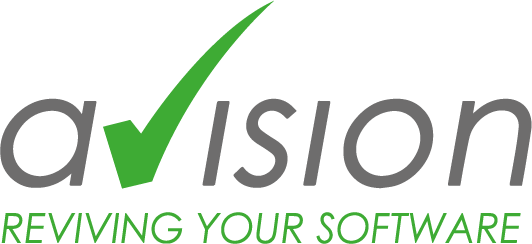Communication in the digital age can be a real challenge, as countless channels from phone to WhatsApp to Zoom and the like show. And we’re only talking about human-to-human communication. For developers, communication with computers comes on top of this – and here, too, the number of programming languages is constantly growing. Many new trends are reflected in relatively young languages such as Rust or Go, while others, once promising stars in the IT sky, have either already passed their zenith or become uninteresting after a brief hype. Deciding which language to use for which projects is therefore also a bet on longevity – and the risk here should be as low as possible.
First of all: of course, every language has its right to exist and useful use cases. It is also important, especially in the fast-moving and innovative IT sector, to keep new trends on the radar, to educate yourself further and not to dismiss developments on the market as newfangled stuff per se. However, and this should also be factored into any decision-making process, not every trend reinvents the wheel. It’s more likely to be the old hands such as Java, C, JavaScript or PHP that continue to provide reliable service, receive the necessary support and have enough knowledgeable developers. Because even the most innovative project that has been realized with the most unusual new language is dependent on people who will still be able to read the code in the future. If this is no longer the case, companies quickly face a huge problem -NASA can tell you a thing or two about it. As important as progress is, for business-critical projects that are designed to run for many years, the choice of Java and co. provides better odds when betting on which languages will still be popular in the future. The rise of Python impressively demonstrates that these developments are by no means set in stone. While the language had a shadowy existence for a long time, the emergence of AI, among other things, helped Python to become one of the most popular and widespread programming languages of all.
As we all know, life is not a wish list and companies are often faced with the challenge of implementing projects in the shortest possible time. Those who buy into the promises of many newer tools, frameworks and languages for even faster results may actually be able to bring products to market and applications into production faster – but at what cost? What if the highly praised new framework is so irrelevant after three years that no developer bothers to learn it anymore? What if the new language not only loses its status in the TIOBE index, but also no new versions are released that should actually close the security gaps that are increasingly being discovered?
The choice of programming language is and remains a bet. Established languages clearly have the better odds when it comes to long-term and secure planning – this is by no means to demonize innovation. We just don’t have to chase every trend in order to achieve the best possible results. Software development is no exception.



